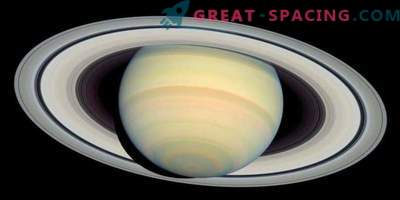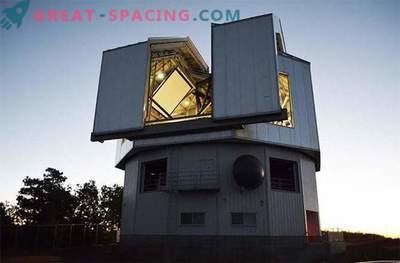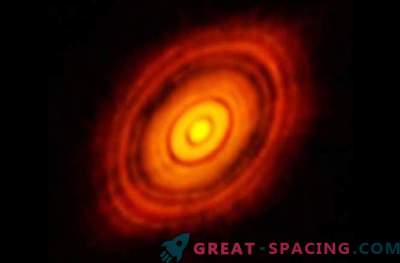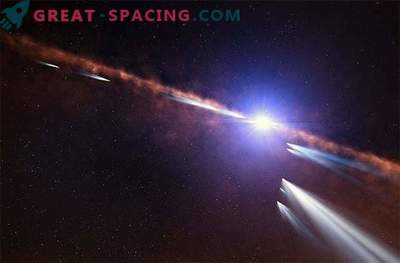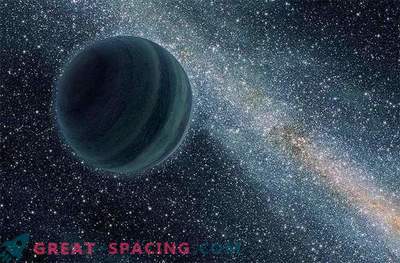was detected in an asteroid-comet hybrid
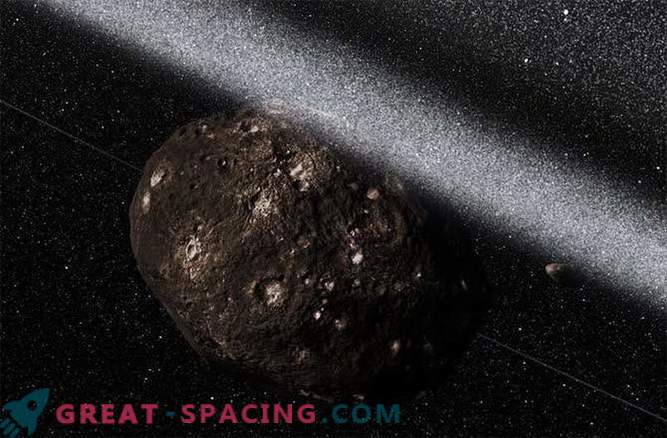
In our solar system there is a special group of celestial bodies, which, as is well known, has rings. The most famous representative of this group is, of course, Saturn, but Uranus, Neptune and Jupiter also have their own, albeit more dull rings.
However, in recent years, astronomers have discovered that ring systems are not unique to the gas giants. In 2011, rings were also found on a small ice body found in the outer part of the solar system. Chariklo is a centaur, an asteroid-comet hybrid that travels in the region between Jupiter and Pluto. His rings were discovered when an object passed in front of a bright star.
Now scientists have discovered the rings of the second centaur - Chiron, showing that the distant and frozen objects of the solar system are actually more interesting than we thought.
“It's quite interesting, because the centaur Chiron is located in the middle part of the solar system, between Jupiter and Pluto, in a place where it seemed to us that objects should not have anything like that,” said Amanda Bosch of the Massachusetts Institute of Technology in Cambridge Massachusetts. First discovered in 1977, the centaurs looked lifeless. Like the mythological brothers, who were half a man half horse, centaurs have signs of comets and asteroids. They are rocky, dusty objects, but in 1980, astronomers noted a comet-like activity on the great centaur Chiron.
Since then, Chiron has seen events associated with the ejection of material from under the icy surface of an object, which, under the influence of dim sunlight, gradually heated and sublimated into open space.
In the mid-1990s, James Elliot, who at the time was a professor of planetary astronomy and physics at the Massachusetts Institute of Technology, observed Chiron’s stellar eclipse and noted its dimensions (about 150 miles wide), and also found evidence of emissions of fumes and dust.
Now, using two powerful telescopes in Hawaii (IRTF Infrared Telescope on Mauna Kea Mountain and Las Cumbres Observatory (Las Cumbres Observatory, LCO, USA), forming a network of telescopes, which is referred to as the Global Network of Telescopes Las Cumbres Observatory), the Boshi team could observe behind the second coating of Chiron in 2011 and found even more details of the object and the space surrounding it. The research results were published in the journal Icarus. After analyzing these data, the researchers were in for a surprise - two clear, symmetrical features were discovered in and after several minutes before Chiron blocked the light of a distant star. These features were interpreted as a ring system: two rings, 3 and 7 km wide at a distance of 300 kilometers from the center of the centaur.
"The centaurs may have been formed behind the Solar System, but under the gravitational effect of the giant planets their orbits were shifted closer to the Sun," said co-author Jessica Ruprecht, also from the Massachusetts Institute of Technology. "The frozen material, which had previously been stable, began to heat up and sublimate into gas after passing through Pluto, forming a shell around the object."






